Publications
Here are some selected publications. An up-to-date and complete list can be found on my Google Scholar profile.
Conference Paper - Model-based Optimization with Concept Drifts
This paper shows an straight-forward approach on how to apply Model-based optimization (Bayesian optimization) on problems that change systematically over time. This approach could be used to optimize the hyperparameters of an online machine learning algorithm.
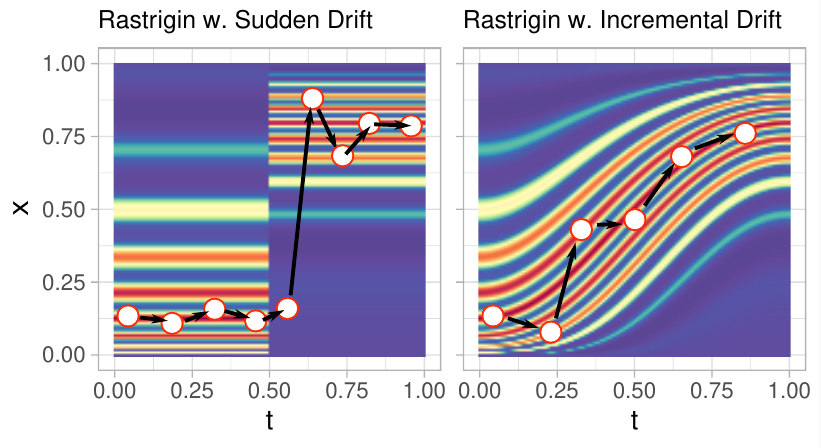
Conference Paper - Model-based optimization of subgroup weights for survival analysis
This paper successfully applied model-based optimization to identify optimal subgroup weights for survival prediction with high-dimensional genetic covariates. When predicting survival for a specific subgroup it can be beneficial to combine the training data with other subgroups to obtain a better model.
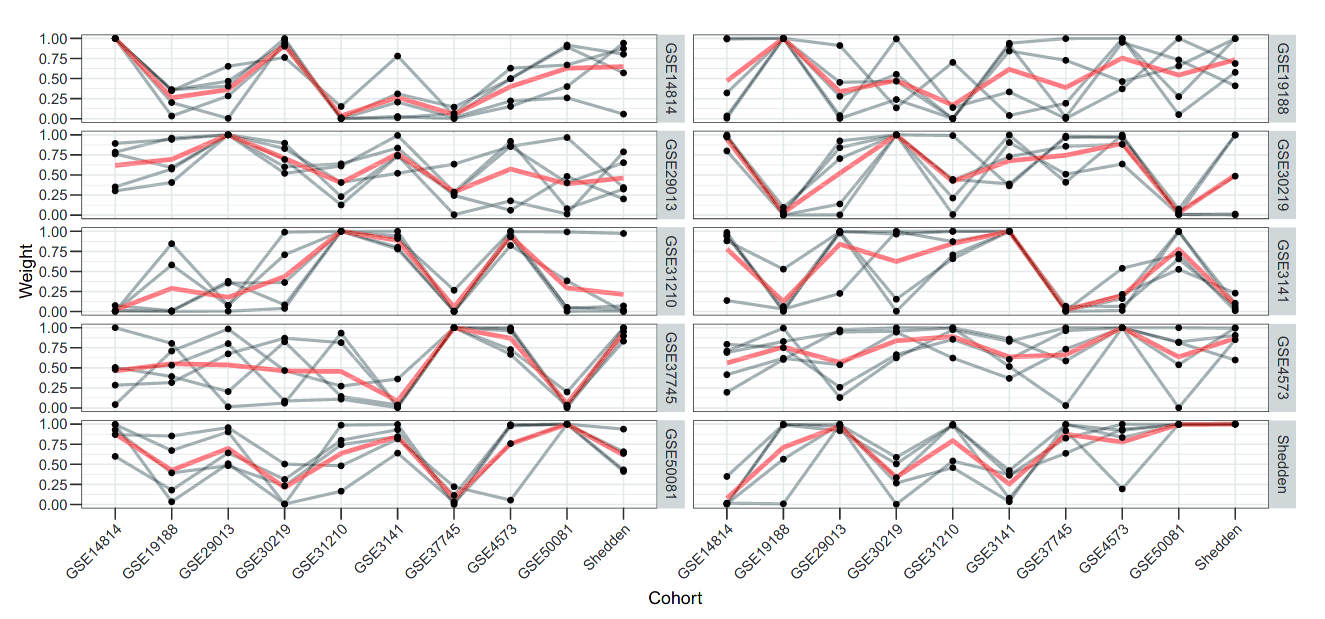
Preprint - mlrMBO: A modular framework for model-based optimization of expensive black-box functions
This is the accompanying paper for the mlrMBO R package. It gives a brief introduction the model-based optimization algorithm and shows that mlrMBO is able to outperform other optimization packages on synthetic test functions as well as on real hyperparameter optimization problems.
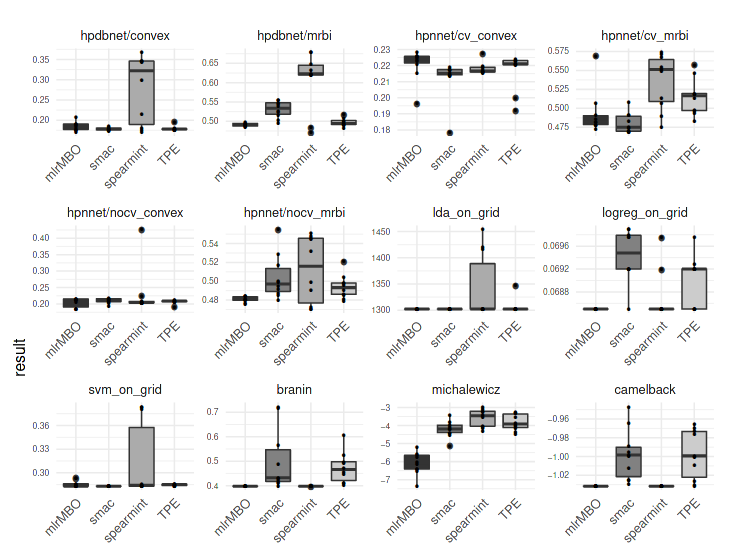
Conference Paper - Faster model-based optimization through resource-aware scheduling strategies
This paper shows one way to parallelize model-based optimization on the example of tuning a SVM. The challenge of heterogeneous runtimes that can cause unused CPU resources is tackled by using scheduling strategies on predicted runtimes. We were able use the resources more efficiently which led to better tuning results. We improved our scheduling strategy in the follow up paper Rambo: Resource-aware model-based optimization with scheduling for heterogeneous runtimes and a comparison with asynchronous model-based optimization.
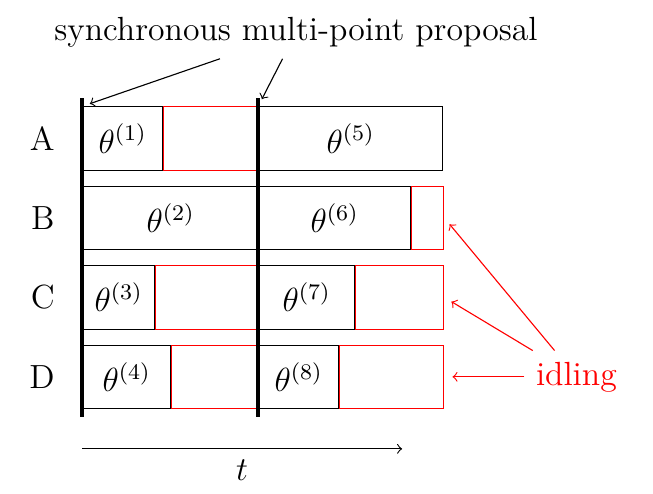
Journal Paper - mlr: Machine Learning in R
This paper is just our formal publication mlr. More details can be found in the detailed online tutorial here. Please note that we advice to use mlr3 instead which comes along with a in-depth documentation in online book form.

Master Thesis - Model-based Hyperparameter Optimization for Machine Learning Algorithms on Large Datasets
In my master thesis I developed model-based approach to multi-fidelity optimization. This approach allows to find promising hyperparameter configurations faster by evaluating the ml algorithm on small samples of the data.
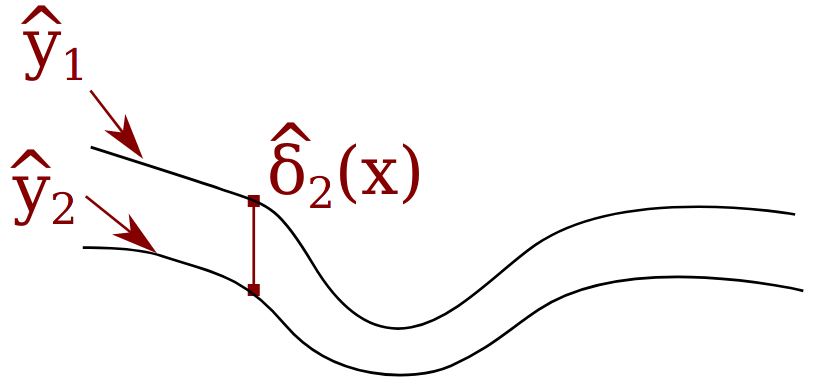
Bachelor Thesis, Conference Talk - Analyzing geo data on a street level performed on an example of road accidents in London
In my bachelor thesis I developed an algorithm that was able to map observations that were given by latitude and longitude data to the according street segment. This yields a much more insightful visualization that a normal heat-map or individual points.
